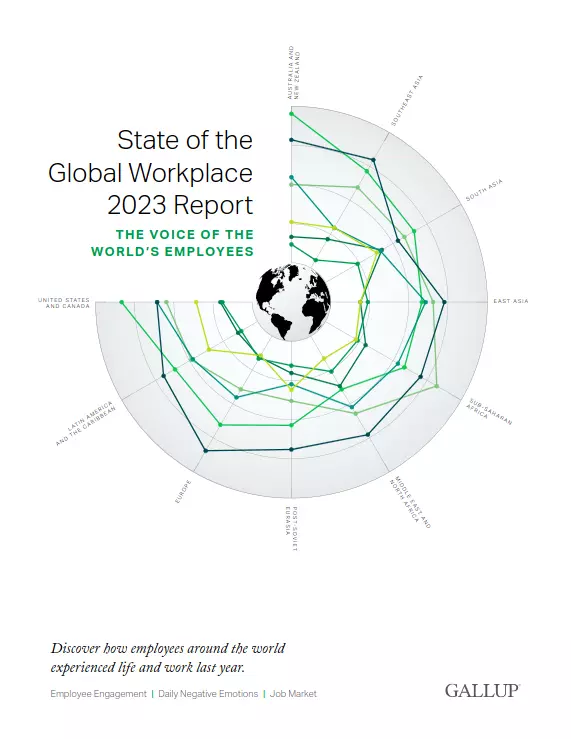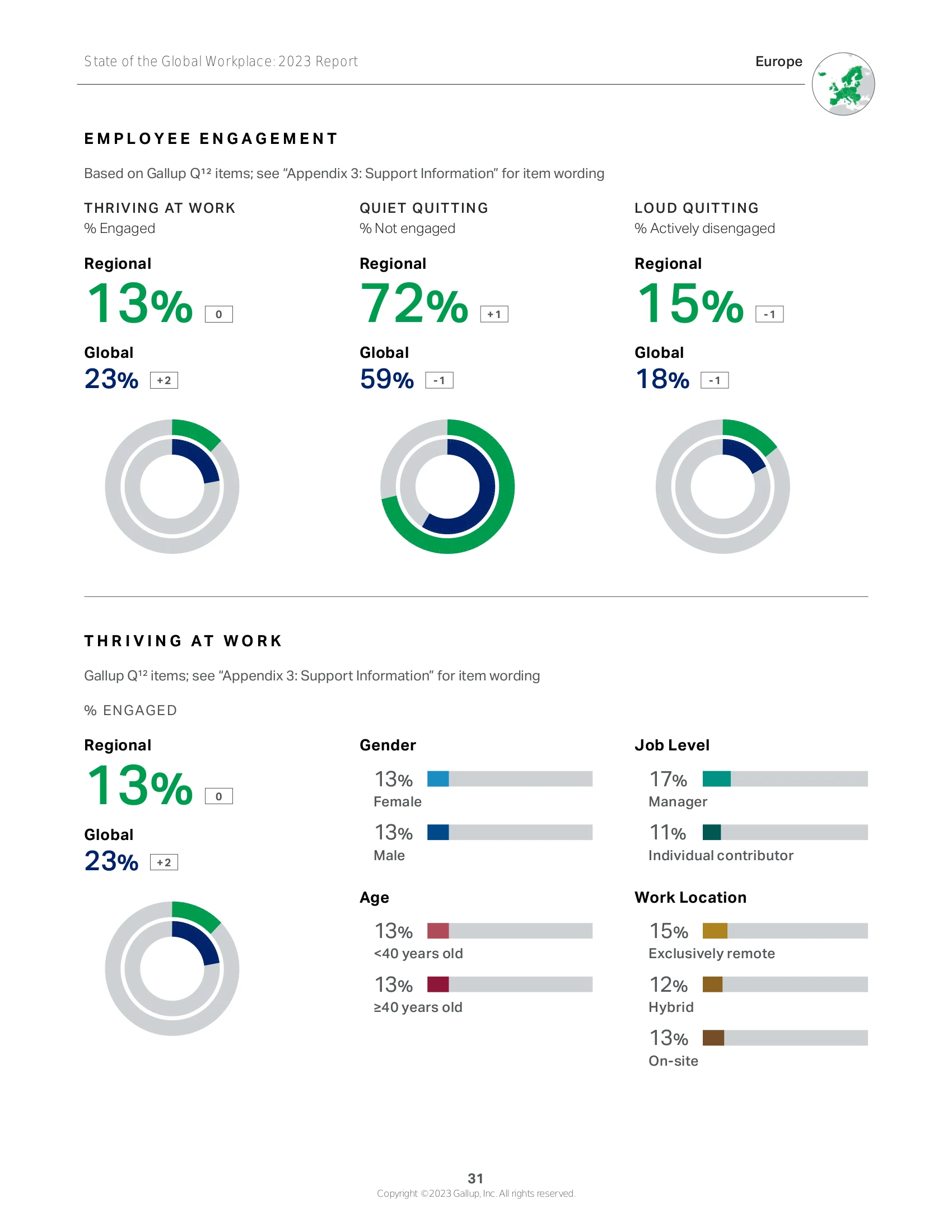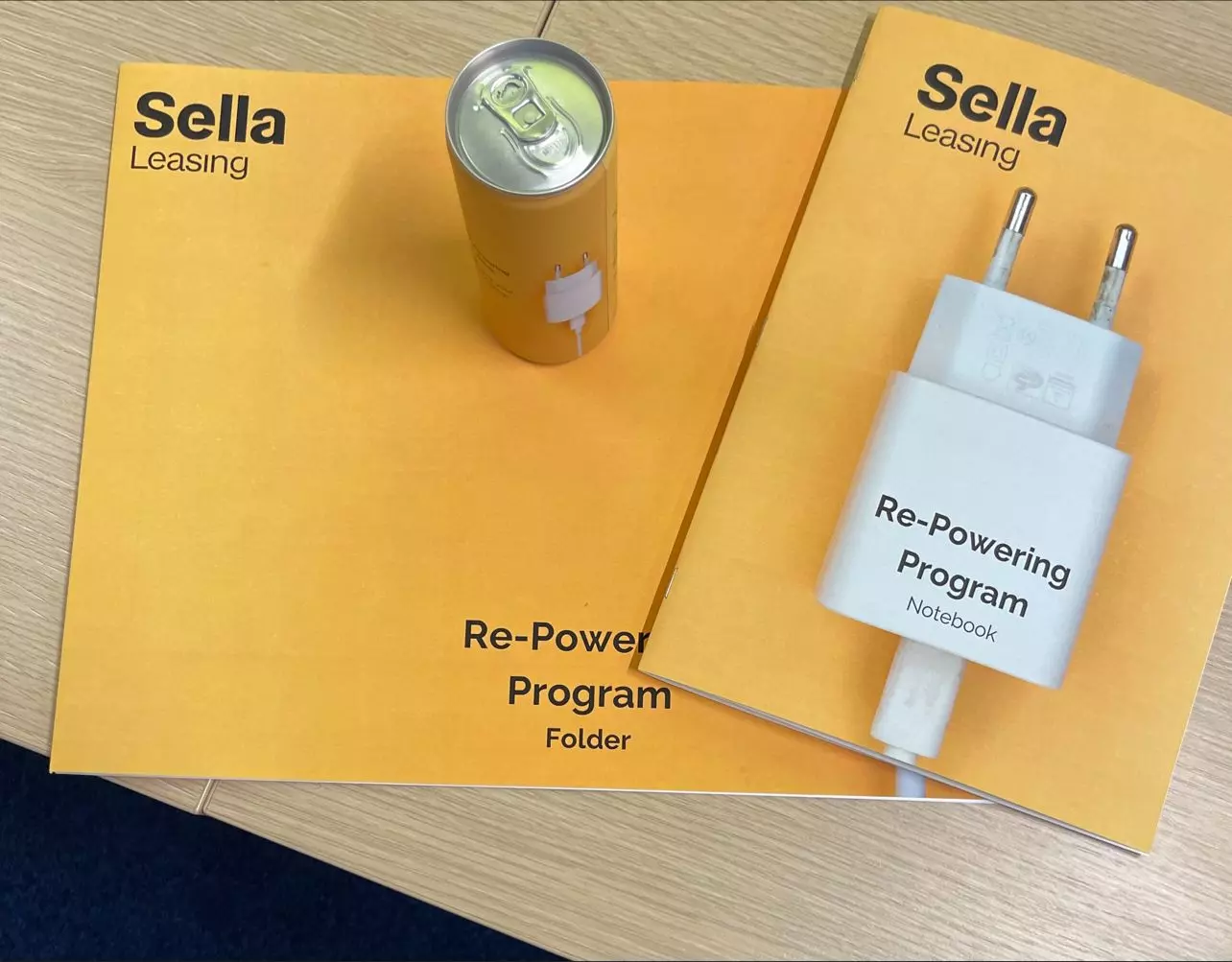Re-Powering
Re-Engage your employees!

How is it going?
People aren't engaged, pessimist, grumpy, diffident towards authority and institutions
Gallup's 2023 State of the Global Workplace Report paints a dire picture!



What do we want?
People who:
- Are active
- Have agency
- Solve problems
- Contribute
- are satisfied with their job
- Are positive
Why does it matter?
- 14% increase in productivity
- 18% more sales
- 23% more profits
- 43% turnover reduction
- 10% increase in customer satisfaction
- Improved job satisfaction
- Improved organizational climate
- More innovation
- Brand, and reputational growth
Source: State of the Global Workplace Gallup®: 2023 Report,
surveyed 112.312 business units
Top Down
- Leadership Training
- Welfare
- Work environment
- Organization
- Agile
- Processes
- Internal communication
- Extrinsic motivation


Bottom Up
- Existing motivation
- Challenge
- Self-esteem recovery
- Sense of control
- Self image
- Re-framing
- Growth mindset
Team
The goal is to improve how people interact, and promote collaboration. We try to build a group identity, and a micro-culture. We want to improve the team's contribution to the organization, and remove the obstacles to collaboration.
Individual
The goal is to improve the single person's skills, in order to improve the contribution to the organization. We want to remove the obstacles that the person finds while performing it's role in the organization.
The acquired skills will add to the person's skill stack.
Talents
We target the most promising, and passionate. We want to avoid losing them, and develop their skills, and performances.
Taking care of the Talents we want to bring the organization to new levels of excellence.


Quitters
We target the tired, and disillusioned. We want to avoid dangerous organizational missteps.
Taking care of the Quitters, we want to mitigate the organizations vulnerabilities.
| Re-Powering | vs |
|---|---|
| Bottom Up | Top Down |
| Individual | Team |
| Quitters | Talents |
| Action | Training |
| Challenge | Task |
| Intrinsic Motivation | Extrinsic Motivation |
| Measurable | Hard to measure |
How do we do it?
The steps in order:
- They find problems
- We build trust
- They design the solutions
- They account for the impact
- They verify the benefits
- They persuade the organization
Schedule
Week 1
Workshop Part 1
in person (8 hours)
Week 2
Mentoring Call
individual + homeworking
Week 3
Workshop Part 2
in person (8 hours)
Week 4
Mentoring Call
individual + homeworking
Week 5
Content Review Call
group + homeworking
Week 6
Testing, and closure
in person (8 hours)
Business benefits
Engagement recovery
Return recharged people to the company, confident, and ready to deal with, and solve workplace problems.
Those same passive, grumpy, argumentative people will activate, and produce economic advantage removing waste and creating new value.
Increased productivity
People will take back ownership of their workplace, their role, and gain trust in themselves.
They acquire a positive attitude towards their job, come to work more gladly, and understand how to get satisfaction out of their efforts.
The company recovers productivity.
Risk reduction
The risk of a significant misstep decreases because people are ready to do something extra to solve a critical issue, and are willing to take on responsibilities that are not part of their job description.
A small incident with a customer, a random malfunction, a peak in activity, can cause great damage if not managed promptly.
An example
8
new executed solutions
9
re-engaged employees
90%
projects approved
+220k€
economic impact

HR Benefits
Outomes report
We produce a report with the actual, also economical, outcomes
Reduced turnover
People feel better about their job, more satisfied
Lower absenteeism
Employees who feel engaged in their work come to work more willingly and are more responsible
Improved climate
The number of complaints decreases, and the number of proposals for solving problems increases
More Flexibility
People are willing to take an extra step, and better accept changes.
Leadership
Managers are more free to give up command, and control, and can think about building trust
What do you need to start?
1. Identify the quitters
Identify those who are no longer engaged, disconnected. We can enroll up to 12 people in a Re-Powering program.
2. Send the invitations
Send personalized and persuasive invitations to invite employees to a 30-minute call to decide whether to participate in the program. This helps avoid wasting time and money on employees who are not likely to be successful in the program.
3. Schedule
Coordinate with and notify resource managers that their resources will be committed for 24 hours of classroom time and 12 hours of project work. Agree on the schedule with participants.
Duration from 6 to 8 weeks.
